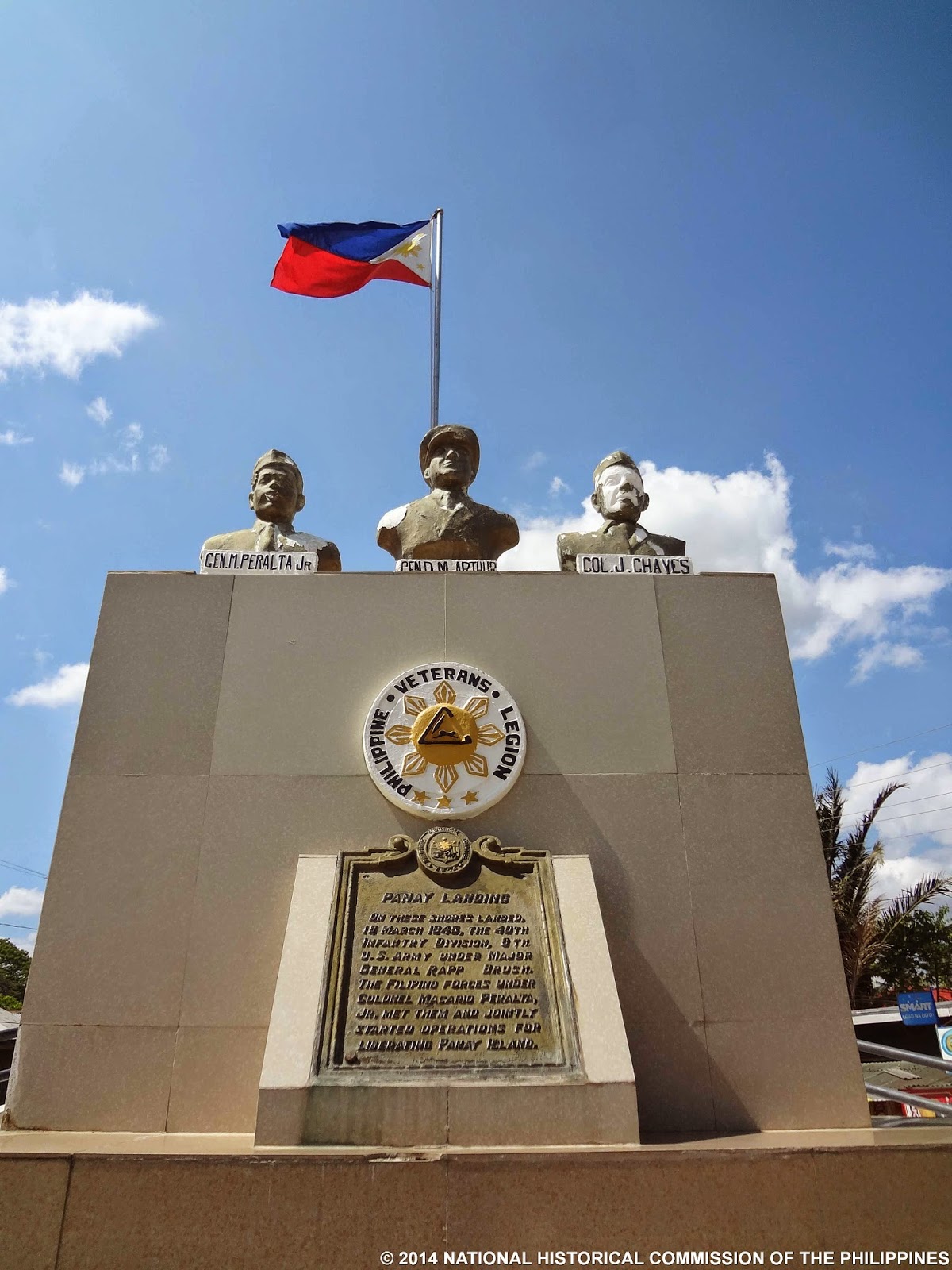Every year on March 18th, Guimaras, Panay, and Romblon come together to commemorate Panay Liberation Day. On this day in 1945, the Panay Guerilla Forces launched a final attack against Japanese invaders. This was known as the Battle of the Visayas during World War II.
This event is hugely important to honor those who died for freedom. The proclamation issued by President Corazon Aquino in 1989 declared Victory Day, ensuring that future generations will remember this special occasion.
Featured photo: Guerrillas on parade, Iloilo, Panay Island, Philippines, US Army 40th Division photograph, 1945 under CC via Flickr

Short background on World War II
On December 8, 1941, Japan inflicted a devastating blow on the U.S., the Attack on Pearl Harbor. Shortly afterward, they launched another successful assault upon the American colony in the Philippines.
It was not until almost three-and-a-half years later that General Douglas MacArthur changed matters with his landing on Leyte. It kicked off the Philippines’ campaign, which led to victory through a series of successful missions, including the Battle of Visayas. In March 1945, Allied forces arrived at Tigbauan for a decisive victory over their enemies.

Although the Battle of the Visayas was divided into two parts due to the mountainous terrain of Negros Island, planners chose to pursue the western section. This included both northwestern Negros and Panay Island, which was their first target. On March 18th, after a two-week aerial bombardment campaign, the 40th Infantry Division stormed ashore at Tigbauan just south of Iloilo City.
Luckily, 23,000 guerrillas under Col. Macario Peralta had taken care of most areas. All left for the 40th to sweep out some pockets of Japanese resistance in Iloilo City.
The situation in the Visayas was favorable for the U.S. Eighth Army during World War II, as they faced light casualties while still achieving success. Specifically, on Panay and northeastern Negros, the 40th Division faced 390 killed and 1,025 wounded, while the Japanese suffered 4,080 killed, with another 3,300 dead due to disease or starvation.
The Japanese were concentrated mainly in Iloilo City proper, making it easy for the 40th Division to capture the area within two days. Mopping-up operations continued after this by guerrillas and members of the 2nd Battalion of the 160th Infantry Regiment until around 1,500 Japanese troops surrendered when the war’s end arrived. Seizure of Guimaras and Inampulugan islands between Panay and Negros also happened swiftly on 20 March and 21 March, respectively, with no resistance from Japanese forces whatsoever.

Celebrating Panay Liberation Day
Panay Liberation Day is an important holiday in Panay and the Philippines. It honors the bravery of those who fought in World War II. Panay comes together for the annual main ceremony at the Balantang Memorial Cemetery National Shrine in Brgy. Quintin Salas, Jaro, Iloilo City.
This veterans’ cemetery is significant because the brave guerrilla leader Col. Macario Peralta is buried. Notably, it’s the only military cemetery outside Metro Manila. A lasting monument to Panay’s dedication to honoring those who helped liberate Panay from its wartime enemies. Panay shines each year brightly for Panay Liberation Day. More importantly, people come together to pay tribute and respect to their forebears that risked so much for freedom.
Resources:
- https://en.wikipedia.org/wiki/Panay_Liberation_Day
- https://www.officialgazette.gov.ph/1989/07/21/proclamation-no-430-s-1989/
- http://www.thenewstoday.info/2009/03/12/proclamation.430.declares.march.18.as.holiday.in.panay.romblon.html
